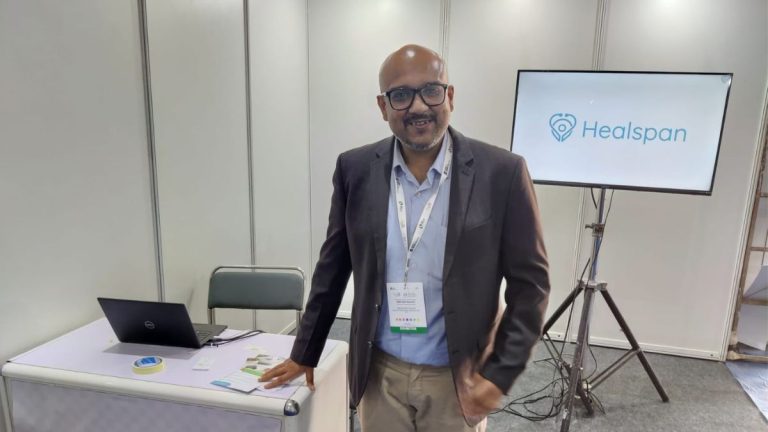Written by Abhishek Sinha
introduction
Emerging technologies have always played an important role in modernizing traditional industry
National Health Claims Exchange
There are many possible applications of blockchain in the insurance space – but one of the main points I am optimistic about is that blockchain can be used to ensure data interoperability in a secure way without risking exposure of underlying personally identifiable information. The National Health Stack Strategy document published by Niti Ayog almost five years ago talks about the use of blockchain technology. Especially with regard to health insurance
Blockchain applications in insurance
Smart contracting
One of the most explored applications of blockchain in the insurance space is smart contracting. Contract terms are managed on the blockchain and payments can be initiated automatically, without manual intervention if certain conditions are met. Payment records are also stored on the blockchain. The main advantage here is that implementation does not require manual intervention, and records of any action performed in accordance with the contract are stored in the blockchain ledger, making it impossible to forge. Many insurance companies have experimented with smart contracts and many have implemented them as well. One of the biggest success stories here is the smart contract-based policy created by AIG and Standard Chartered, in partnership with IBM which was piloted in 2021. Furthermore, this has been implemented in a multi-national risk transfer policy – making implementation very complex, with Multiple jurisdictions add complexity. In terms of simpler applications, AXA's 'Fizzy' platform, which has now been discontinued, offered instant refunds and automatic compensation to customers affected by flight delays and cancellations.
Closer to home, insurance companies like Bajaj Allianz have built home-grown products based on blockchain-based smart contracting.
Anti-fraud
One of the major problems besetting the insurance industry in India
Reduced fraud often leads to another outcome – increased trust in the ecosystem, which is sorely lacking today, at least in India. Improving ecosystem trust will make processing easier, ensure fair pricing, and improve payment ratios.
Data interoperability
Blockchain uses a “hash” (a hash function is nothing but a mathematical function that can create a numerical value that uniquely identifies the original information/text) to store data – meaning that the authenticity of the data can be verified without actually revealing the underlying PII (identifying information Personal) – thus protecting an individual's privacy, while allowing relevant information to be freely shared across necessary actors. This is commonly referred to as “zero knowledge proof” where information is verified without actually revealing the underlying data. This has major implications for underwriting and processing in the insurance industry, because it also means that all the relevant data is available to make a policy decision with near-perfect accuracy. It will allow players to share data with each other in a secure manner. For example, using a common network, any insurance company can validate whether a new policyholder has correctly declared all pre-existing diseases.
Challenges
One of the main challenges has been finding commercially viable use cases for blockchain applications. However, of all the industries using blockchain technology, insurance is one of the most promising.
Conclusion
In conclusion, there are many ways in which blockchain and insurance can be reconciled, and insurance may be one of the first sectors with a viable, long-term, and sustainable business use case for blockchain. What's more, being a distributed system, blockchain is less vulnerable to data loss. Although blockchain technology has security risks, it is still more secure than traditional data storage. Add to that the privacy protection that blockchain technology promises, and it makes sense for many insurance companies to build or acquire blockchain technology for their products.
The author is the co-founder, Healspan
Follow us TwitterFacebook, LinkedIn

